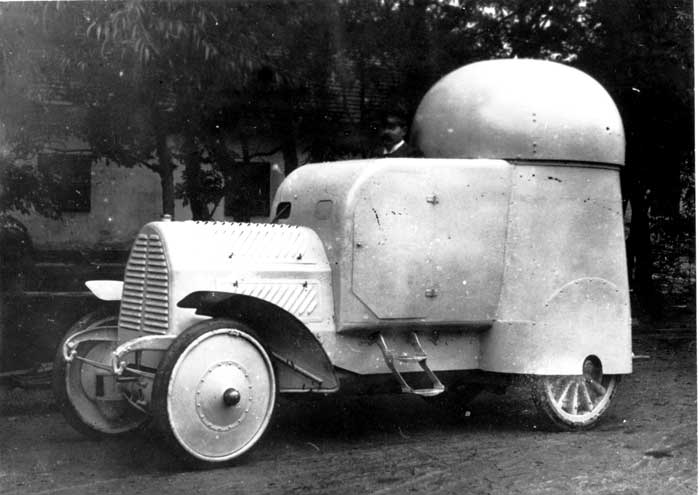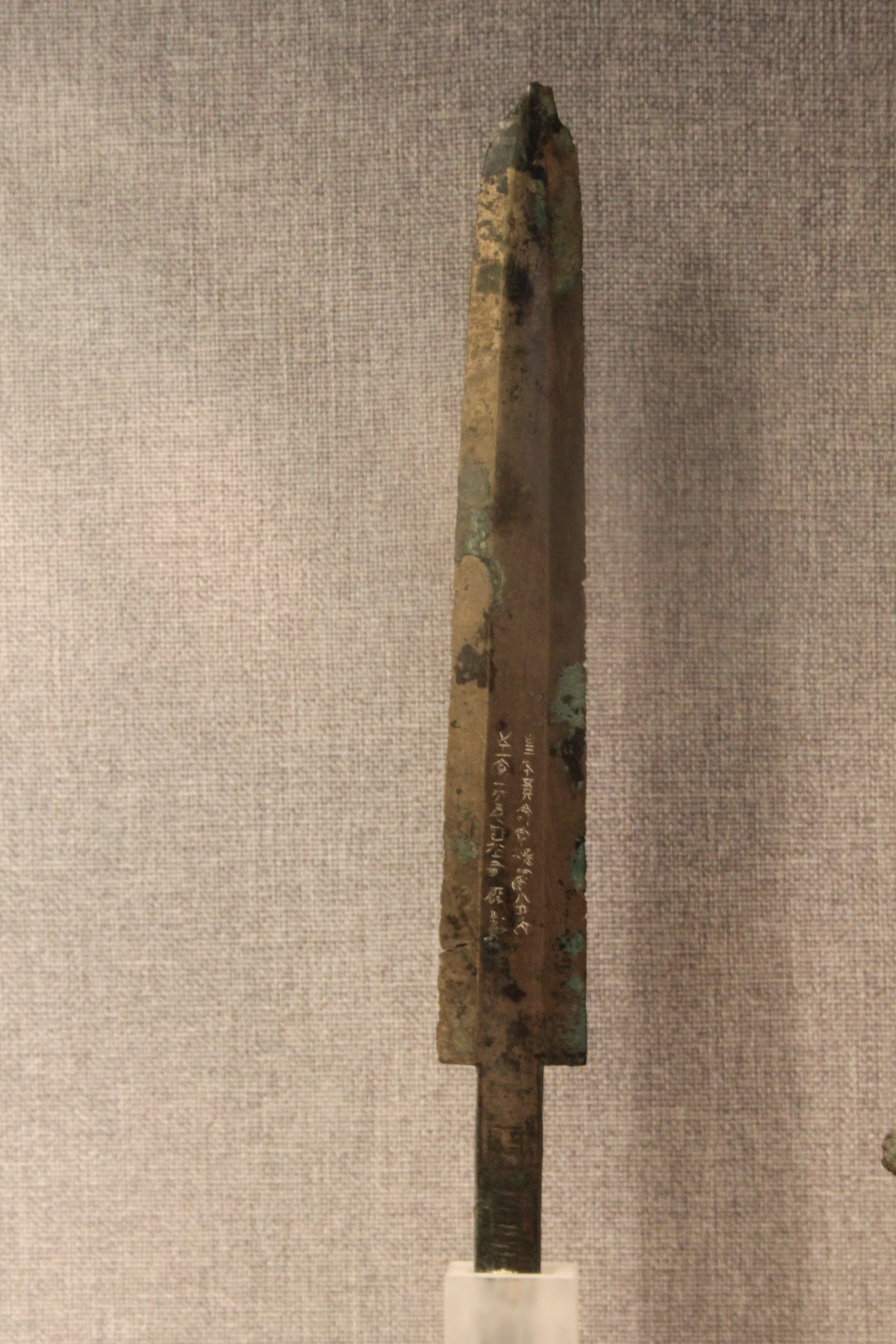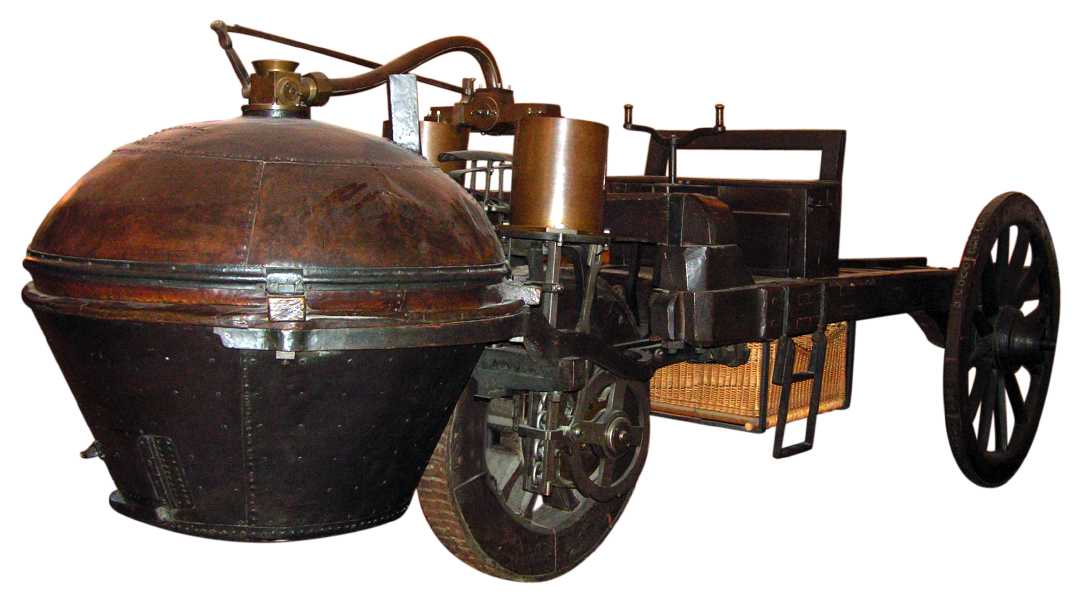|
Rába (automobile)
The Rába was a Hungary, Hungarian automobile manufactured from 1912 to 1914. Rába automobile was a subsidiary of the Rába (company) in Győr. A product of the Rába company in the city of Győr, the engine of the car was the 4.2-liter 58 hp (44 kW) Praga Hostivař, Praga "Grand". The car was built in limited numbers, under the Praga license. Raba also produced cars of other licences, including Benz & Cie., Benz, Panhard, and Austro-Daimler. It exists to date as a manufacturer of trucks. The steward's office ordered a special RÁBA Grand for the personal use of Charles I of Austria, Emperor Charles I of Austria. It was manufacturer of agricultural vehicles, like the Rába tractors. References * David Burgess-Wise, Burgess-Wise, David and Lance Cole (2000). ''The New Illustrated Encyclopedia of Automobiles''. Book Sales. . {{DEFAULTSORT:Raba (automobile) Cars of Hungary Motor vehicle manufacturers of Austria-Hungary Cars introduced in 1912 ... [...More Info...] [...Related Items...] OR: [Wikipedia] [Google] [Baidu] |
Hungary
Hungary is a landlocked country in Central Europe. Spanning much of the Pannonian Basin, Carpathian Basin, it is bordered by Slovakia to the north, Ukraine to the northeast, Romania to the east and southeast, Serbia to the south, Croatia and Slovenia to the southwest, and Austria to the west. Hungary lies within the drainage basin of the Danube, Danube River and is dominated by great lowland plains. It has a population of 9.6 million, consisting mostly of ethnic Hungarians, Hungarians (Magyars) and a significant Romani people in Hungary, Romani minority. Hungarian language, Hungarian is the Languages of Hungary, official language, and among Languages of Europe, the few in Europe outside the Indo-European languages, Indo-European family. Budapest is the country's capital and List of cities and towns of Hungary, largest city, and the dominant cultural and economic centre. Prior to the foundation of the Hungarian state, various peoples settled in the territory of present-day Hun ... [...More Info...] [...Related Items...] OR: [Wikipedia] [Google] [Baidu] |
Austro-Daimler
Austro-Daimler was an Austrian car manufacturer from 1899 until 1934. It was a subsidiary of the Germany, German ''Daimler-Motoren-Gesellschaft'' (DMG) until 1909. History In 1890, Eduard Bierenz was appointed as Austrian retailer. The company sold so well that it also began manufacturing the automobiles after uniting with Eduard Fischer's Industrial and manufacturing engineering, engineering factory. The works were located at Wiener-Neustadt. By this subsidiary ''DMG'' became the first automotive multinational in history. Thus, on 11 August 1899, the Austrian Daimler Engine Society was founded. Whilst the assembling parts stemmed from Stuttgart, in 1900 they built their first automobile which featured 2 cylinders, , and 4 seats. Soon they started producing engines for luxurious cars, trucks, buses, maritime ships, and trains. Paul Daimler era In 1902, Paul Daimler, Gottlieb Daimler's son, took charge of the Technical Department. He developed a compact car (8 hp, 45 k ... [...More Info...] [...Related Items...] OR: [Wikipedia] [Google] [Baidu] |
Cars Of Hungary
A car, or an automobile, is a motor vehicle with wheels. Most definitions of cars state that they run primarily on roads, seat one to eight people, have four wheels, and mainly transport people rather than cargo. There are around one billion cars in use worldwide. The French inventor Nicolas-Joseph Cugnot built the first steam-powered road vehicle in 1769, while the Swiss inventor François Isaac de Rivaz designed and constructed the first internal combustion-powered automobile in 1808. The modern car—a practical, marketable automobile for everyday use—was invented in 1886, when the German inventor Carl Benz patented his Benz Patent-Motorwagen. Commercial cars became widely available during the 20th century. The 1901 Oldsmobile Curved Dash and the 1908 Ford Model T, both American cars, are widely considered the first mass-produced and mass-affordable cars, respectively. Cars were rapidly adopted in the US, where they replaced horse-drawn carriages. In Europe and other pa ... [...More Info...] [...Related Items...] OR: [Wikipedia] [Google] [Baidu] |
Lance Cole
The English term lance is derived, via Middle English '' launce'' and Old French '' lance'', from the Latin '' lancea'', a generic term meaning a wikt:lancea#Noun">lancea'', a generic term meaning a spear">wikt:lancea#Noun">lancea'', a generic term meaning a spear or javelin employed by both infantry">spear or javelin">spear">wikt:lancea#Noun">lancea'', a generic term meaning a spear or javelin employed by both infantry and cavalry, with English initially keeping these generic meanings. It developed later into a term for spear-like weapons specially designed and modified to be part of a "weapon system" for use couched under the arm during a charge, being equipped with special features such as grappers to engage with lance rests attached to breastplates, and vamplates, small circular plates designed to prevent the hand sliding up the shaft upon impact. These specific features were in use by the beginning of the late 14th century. Though best known as a military and sporting wea ... [...More Info...] [...Related Items...] OR: [Wikipedia] [Google] [Baidu] |
David Burgess-Wise
David Burgess-Wise is a motoring author, enthusiast, and automobile historian A historian is a person who studies and writes about the past and is regarded as an authority on it. Historians are concerned with the continuous, methodical narrative and research of past events as relating to the human species; as well as the .... According to the dustcover of the book "The Illustrated Encyclopedia of Automobiles" he edited in 1979, David Burgess Wise ith no "-"was born in 1942. A motoring writer since 1960, Burgess-Wise has written 25 books on motoring history. He also edits the award-winning ''Aston'', journal of the Aston Martin Heritage Trust. See also * Electric Motive Power References External links * Living people British motoring journalists Automotive historians Year of birth missing (living people) 20th-century British male writers 20th-century British non-fiction writers 21st-century British male writers 21st-century British non-fiction writers [...More Info...] [...Related Items...] OR: [Wikipedia] [Google] [Baidu] |
Raba Grand In 1913
Raba may refer to: Places *Rába (Danube), a river in Austria and Hungary *Raba (Vistula), a river in Poland * Raba, Croatia, a village in Slivno, Dubrovnik-Neretva County * Raba, Indonesia, a town in Bima Regency, on the eastern part of the island of Sumbawa, province of West Nusa Tenggara, Indonesia Ethnic groups *Rába Slovenes, an ethnic group living in the Rába Valley in western Hungary * Raba (tribe), a Scheduled Tribe of Meghalaya, India People *Rabbah bar Nahmani (270–330), known simply as Rabbah, Babylonian rabbi known in the Talmud as an Amora *Rava (amora) (280–352), rabbi and Talmudic scholar *Bob Raba (born 1955), American football player * Ernest A. Raba, American academic administrator *Juan Pablo Raba (born 1977), Colombian actor Other uses *Rába (company), a Hungarian automaker **Rába (automobile), a car made from 1912 to 1914 *Rapid-acting beta2-adrenergic agonist, a class of drug primarily used to treat asthma and other pulmonary disorders *The Redding ... [...More Info...] [...Related Items...] OR: [Wikipedia] [Google] [Baidu] |
Charles I Of Austria
Charles I (, ; 17 August 1887 – 1 April 1922) was Emperor of Austria, King of Hungary (as Charles IV), and the ruler of the other states of the Habsburg monarchy from November 1916 until the monarchy was abolished in November 1918. He was the last of the monarchs belonging to the House of Habsburg-Lorraine to rule over Austria-Hungary. The son of Archduke Otto of Austria and Princess Maria Josepha of Saxony, Charles became heir presumptive of Emperor Franz Joseph when his uncle Archduke Franz Ferdinand of Austria was assassinated in 1914. In 1911, he married Princess Zita of Bourbon-Parma. Charles succeeded to the thrones in November 1916 following the death of his great-uncle, Franz Joseph. He began secret negotiations with the Allies, hoping to peacefully end the First World War, but was unsuccessful. Despite Charles's efforts to preserve the empire by returning it to federalism and by championing Austro-Slavism, Austria-Hungary hurtled into disintegration: Czechoslovak ... [...More Info...] [...Related Items...] OR: [Wikipedia] [Google] [Baidu] |
Panhard
Panhard was a French motor vehicle manufacturer that began as one of the first makers of automobiles. It was a manufacturer of light tactical and military vehicles. Its final incarnation, now owned by Renault Trucks#Military vehicles, Renault Trucks Defense, was formed by the acquisition of Panhard by Auverland in 2005, and then by Renault in 2012. In 2018, Renault Trucks Defense, ACMAT and Panhard combined under a single brand, Arquus. History Panhard was originally called Panhard et Levassor, and was established as an automobile manufacturing concern by René Panhard, Émile Levassor, and Belgian lawyer Edouard Sarazin in 1887. Early years Panhard et Levassor sold their first automobile in 1890, based on a Daimler engine license. Levassor obtained his licence from Paris lawyer Edouard Sarazin, a friend and representative of Gottlieb Daimler's interests in France. Following Sarazin's 1887 death, Daimler commissioned Sarazin's widow Louise Sarazin, Louise to carry on her ... [...More Info...] [...Related Items...] OR: [Wikipedia] [Google] [Baidu] |
Automobile
A car, or an automobile, is a motor vehicle with wheels. Most definitions of cars state that they run primarily on roads, Car seat, seat one to eight people, have four wheels, and mainly transport private transport#Personal transport, people rather than cargo. There are around one billion cars in use worldwide. The French inventor Nicolas-Joseph Cugnot built the first steam-powered road vehicle in 1769, while the Swiss inventor François Isaac de Rivaz designed and constructed the first internal combustion-powered automobile in 1808. The modern car—a practical, marketable automobile for everyday use—was invented in 1886, when the German inventor Carl Benz patented his Benz Patent-Motorwagen. Commercial cars became widely available during the 20th century. The 1901 Oldsmobile Curved Dash and the 1908 Ford Model T, both American cars, are widely considered the first mass-produced and mass-affordable cars, respectively. Cars were rapidly adopted in the US, where they replac ... [...More Info...] [...Related Items...] OR: [Wikipedia] [Google] [Baidu] |
Benz & Cie
Carl (or Karl) Friedrich Benz (; born Karl Friedrich Michael Vaillant; 25 November 1844 – 4 April 1929) was a German engine designer and automotive engineer. His Benz Patent-Motorwagen from 1885 is considered the first practical modern automobile and first car put into series production. He received a patent for the motorcar in 1886, the same year he first publicly drove the Benz Patent-Motorwagen. His company Benz & Cie., based in Mannheim, was the world's first automobile plant and largest of its day. In 1926, it merged with Daimler Motoren Gesellschaft to form Daimler-Benz, which produces the Mercedes-Benz among other brands. Benz is widely regarded as "the father of the car", as well as the "father of the automobile industry". Early life Carl Benz was born Karl Friedrich Michael Vaillant on 25 November 1844 in Mühlburg, now a borough of Karlsruhe, Baden-Württemberg, which is part of modern Germany. His parents were Josephine Vaillant and a locomotive driver, Johann ... [...More Info...] [...Related Items...] OR: [Wikipedia] [Google] [Baidu] |
Praga Hostivař
Praga is a manufacturing company based in Prague, Czech Republic. The company produced motorcycles, car, automobiles, trucks and airplanes. The Praga V3S 5-ton truck was used by the Czechoslovak Army for more than half a century. The current company produces Kart racing, karts, racing and road supersports and is involved in car racing. It produces up to 7,000 kart chassis every year, making it one of the most successful kart manufacturers in the world. History Praga was founded in 1907 to build car, motor cars as a venture between entrepreneur František Ringhoffer and the company ''1. českomoravská továrna na stroje'' ("First Bohemian-Moravian Machine Works", later a founding part of the ČKD factories). Ringhoffer only stayed for one year and in 1909 the trade name ''Praga'' ("Prague" in Latin language, Latin) was adopted. One of its early models was built under licence from the Italy, Italian company of Isotta Fraschini. Besides building its own vehicles Praga later al ... [...More Info...] [...Related Items...] OR: [Wikipedia] [Google] [Baidu] |







